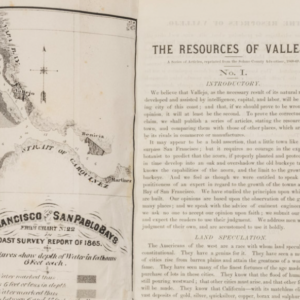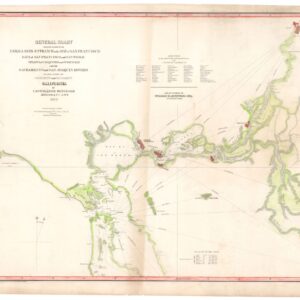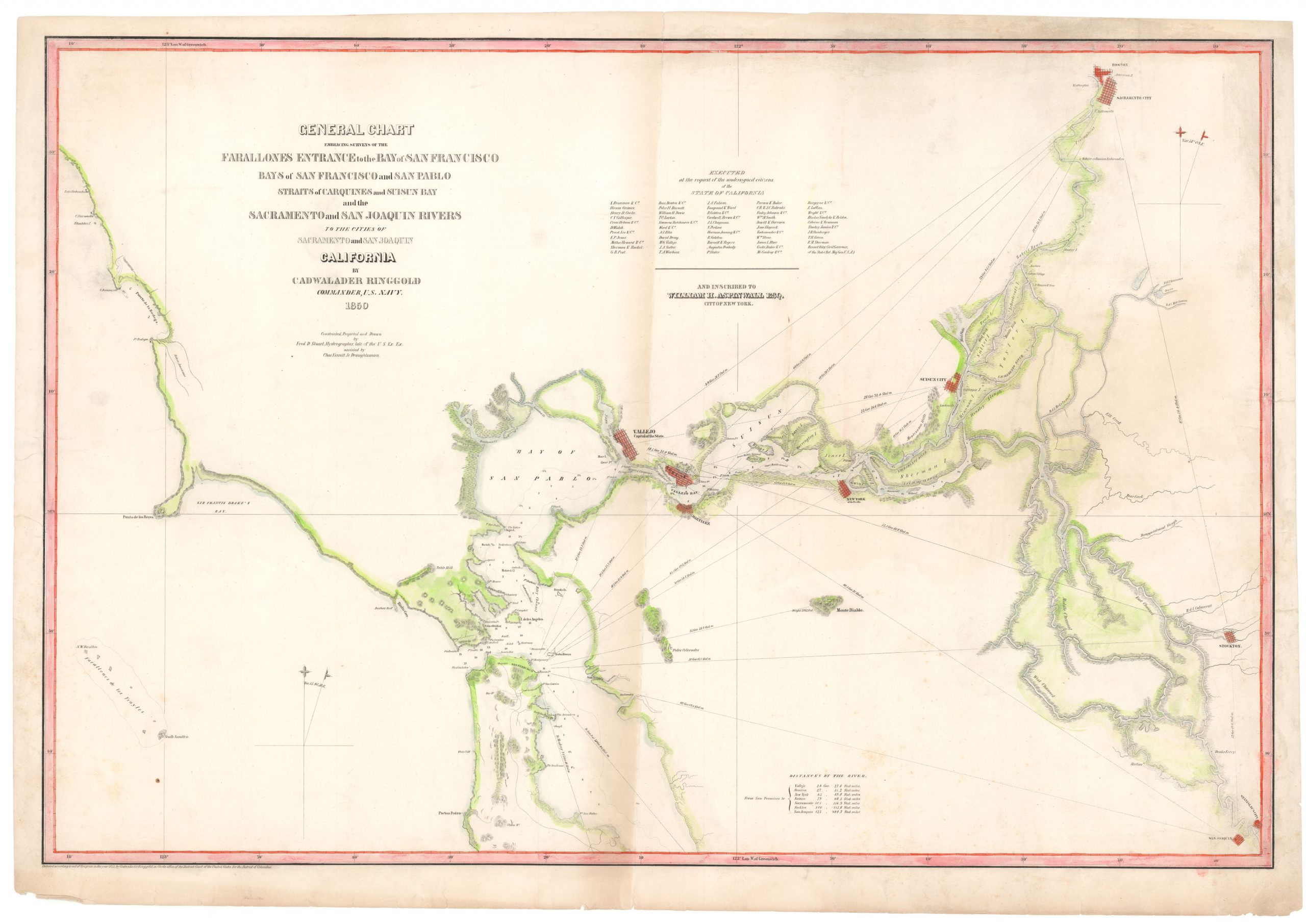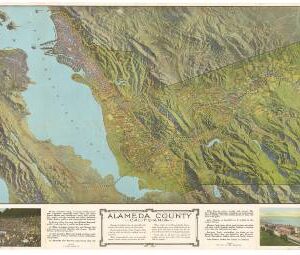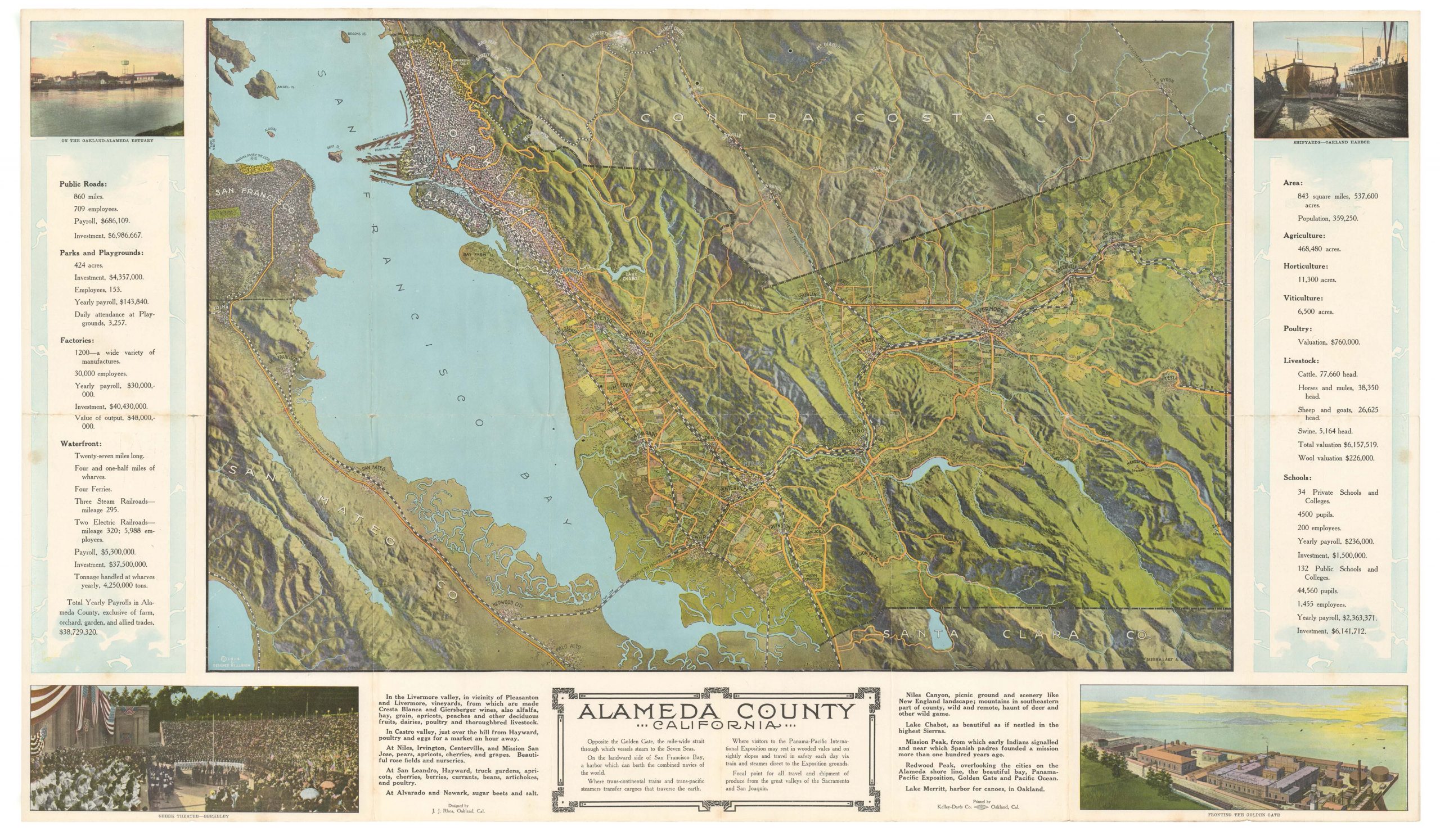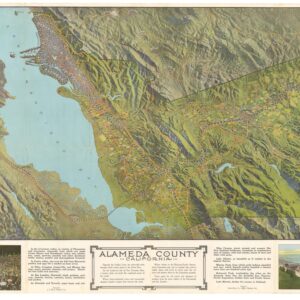A unique manuscript blueprint for the Atchinson, Topeka and Santa Fe Railway Company’s San Pablo Ferry.
Ferry Boat San Pablo S.F. & S.J. Ry. Co. / Profile & Salon Deck of San Francisco Ferry Boat.
$775
1 in stock
Description
This very cool blueprint for the San Pablo Ferry Boat in San Francisco was drawn in 1901. This Bay Area ferry was associated with the Atchison, Topeka and Santa Fe Railway Company and with the San Francisco and San Joaquin Valley Railway Company, which laid the groundwork for rail service to Ferry Point (Point Richmond) before being acquired by the Santa Fe Railroad. The ferry was colloquially known as the “Ferry Boat San Pablo.”
The blueprint shows the boat both in profile and as seen from above, highlighting the passenger or saloon deck. The official annotations show that the original design was completed in February of 1899 by Marine Engineer and Naval Architect Frank B. King. Our example of this plan was traced from King’s original prints in July of 1901, implying it was shortly after the route began operating. The tracing was approved for official use as a railroad survey map by Chief Engineer R.B. Burns.
Context is Everything
The San Pablo Ferry Boat began its operations from Ferry Point, Point Richmond, after trains from Chicago began arriving there in 1900, and it continued until 1933. The ferry was custom-built by the Union Iron Works in San Francisco for the Santa Fe Railroad Co. As indicated in our blueprint, it was propelled by two 16-foot paddle wheels, initially powered by a coal-driven engine, which was later converted to oil-based propulsion.
The boat measured 226 feet by 36 feet and had a limited load capacity because most of the hull was filled with salt for ballast. The rich industrial history of Richmond’s deep, natural waterfront played a crucial role in establishing this vital transportation link, promoting both passenger and freight operations through the 1930s, with freight operations extending into the 1960s.
Cartographer(s):
Frank B. King was an American naval engineer and architect who, among other things, designed the San Pablo Ferry Boat. Although he was based in Washington, D.C., for much of his professional life, he had close ties to California. King’s wife, for example, was the daughter of lumber baron Andrew Hammond.
He is mentioned in a 1907 edition of the journal The Architect and Engineer of California as the Cashier for the Wells Fargo Nevada National Bank in San Francisco, serving under President Isaias W. Hellman. Later, he was made vice president of this branch, prompting at least a partial move to San Francisco. His San Francisco residence, located at 3390 Jackson Street (also known as 50 Laurel Street), was built in 1917 by the architectural firm of Bliss and Faville. It remains an architectural landmark in the city today.
After his retirement, King sponsored Parr Hooper’s junior membership in the Society of Naval Architects and Marine Engineers in New York. Hooper was a naval engineer from Baltimore who died while fighting in World War I. He fell in June 1918 near Château de Sorel in Picardy, France, and has become somewhat well-known for his descriptive war letters back home.
Condition Description
Manuscript map on drafting linen.
References
